In a remarkable feat of modern technology and historical preservation, a new documentary titled "Titanic: The Digital Resurrection" reveals the groundbreaking creation of a 3D underwater scan of the RMS Titanic, the doomed ocean liner that sank 113 years ago. The documentary, set to premiere on National Geographic, tells the story of how Magellan, a deep-sea mapping company, created the most precise model of the Titanic ever produced: a full-scale, 1:1 digital twin accurate down to the rivet.
The Titanic’s Tragic History
When the Titanic set sail on April 10, 1912, it was the largest passenger ship in service and was considered unsinkable. However, just four days into its maiden voyage, the ship struck an iceberg in the North Atlantic at 11:40 p.m. on April 14 and sank in less than three hours. The ship did not have enough lifeboats for the approximately 2,220 people on board, resulting in the deaths of over 1,500 people. Only around 700 survived, making the Titanic one of the most infamous maritime disasters in history.
The Documentary’s Insights
The 90-minute documentary, directed by filmmaker Anthony Geffen, reconstructs the ship’s final moments, challenging long-held assumptions and revealing new insights into the events of that fateful night. The film features Titanic analyst Parks Stephenson, metallurgist Jennifer Hooper, and master mariner Chris Hearn, who walk around a full-scale reproduction of the ship, highlighting previously hidden details.
One key finding is a visibly open steam valve, which corroborates accounts that engineers manned their stations in Boiler Room Two for more than two hours after the Titanic hit the iceberg. This action maintained the electricity supply, allowing the crew to send distress signals. The 35 men in the boiler room may have sacrificed themselves to save hundreds of other people.
The team also reconstructed hull fragments found scattered around the site, revealing that the Titanic did not simply split in two but was violently torn apart. This destruction likely affected first-class cabins where prominent passengers like J.J. Astor and Benjamin Guggenheim may have sought refuge as the ship went down.
Additionally, the scan helps to exonerate First Officer William Murdoch, who has been accused of abandoning his post. The position of a lifeboat davit, a piece of equipment used to lower the craft, corroborates testimony that Murdoch was washed out to sea as the crew prepared to launch it.
The Significance of the Digital Twin
Magellan’s scans reveal how parts of the wreck are collapsing, highlighting the urgent need for preservation efforts. However, the digital twin created by Magellan means that the Titanic is preserved in perfect detail as it appeared in 2022. This technological marvel secures the ship’s place in history for generations to come and marks a new era in underwater archaeology.
National Geographic emphasizes that this digital twin is not just a historical artifact but a tool for future research and education. The detailed model allows scientists, historians, and the public to explore the Titanic in ways never before possible, providing a deeper understanding of the ship’s construction, its final moments, and the broader context of the disaster.
The Premiere and Availability
“Titanic: The Digital Resurrection” will premiere on National Geographic on April 11 and will be available on streaming services Disney+ and Hulu from April 12. This documentary is not just a historical account but a testament to the power of modern technology to uncover the secrets of the past. It offers a unique opportunity for viewers to experience the Titanic in a new and profound way, bridging the gap between history and the present.
In conclusion, "Titanic: The Digital Resurrection" is more than just a documentary; it is a groundbreaking exploration of one of history’s most tragic events. Through the creation of a detailed digital twin, Magellan and National Geographic have provided invaluable insights into the Titanic’s final moments, challenging long-held assumptions and preserving the ship’s legacy for future generations.

By Olivia Reed/Apr 14, 2025
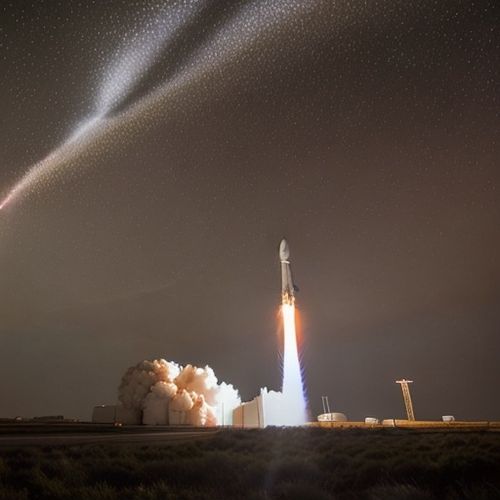
By Sophia Lewis/Apr 14, 2025

By Noah Bell/Apr 14, 2025
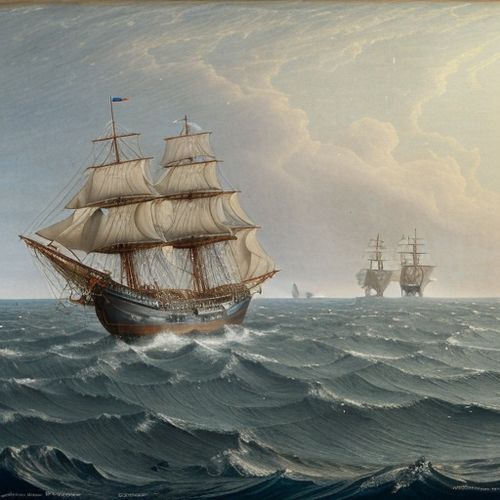
By Eric Ward/Apr 14, 2025

By Sophia Lewis/Apr 14, 2025

By Sarah Davis/Apr 14, 2025
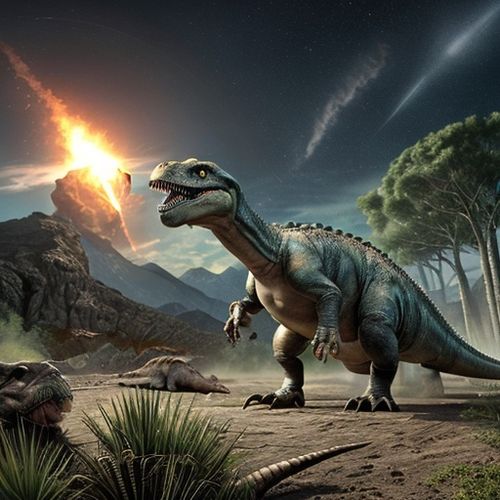
By William Miller/Apr 14, 2025
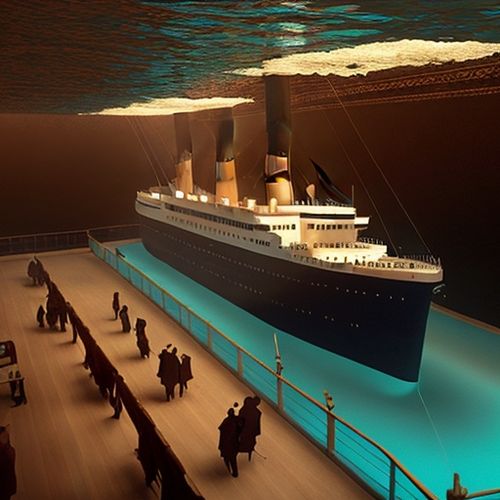
By James Moore/Apr 14, 2025

By Eric Ward/Apr 14, 2025
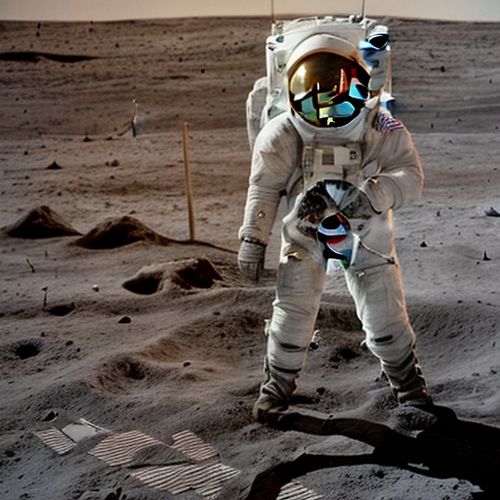
By Grace Cox/Apr 14, 2025

By Rebecca Stewart/Apr 10, 2025

By Grace Cox/Apr 10, 2025
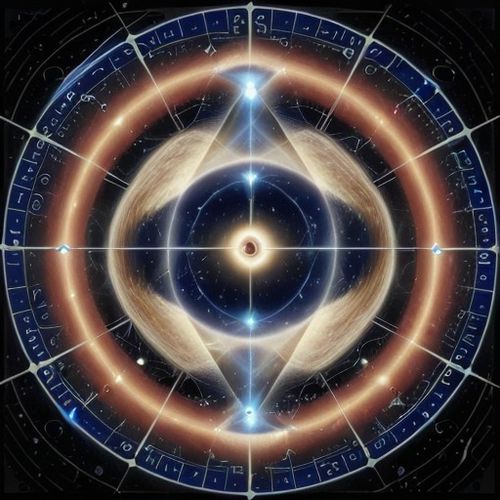
By Thomas Roberts/Apr 10, 2025

By James Moore/Apr 10, 2025
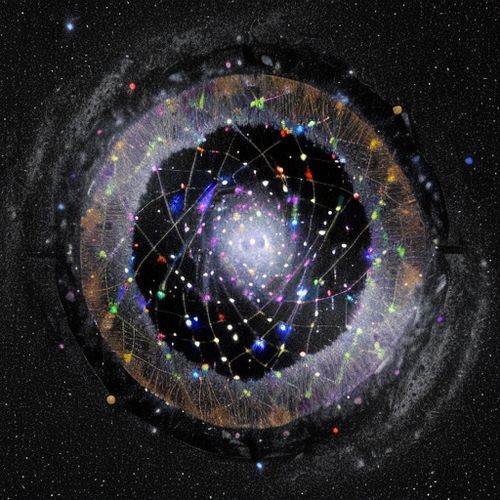
By Laura Wilson/Apr 10, 2025
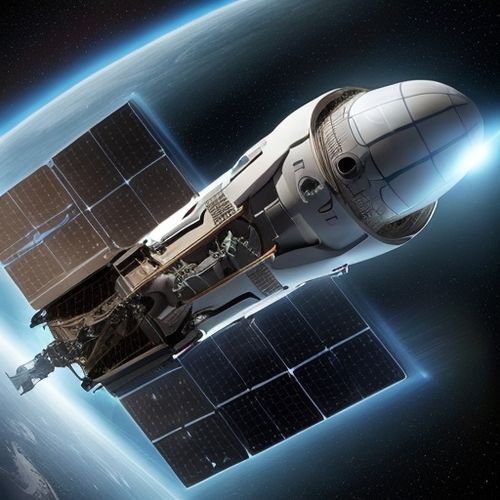
By John Smith/Apr 10, 2025
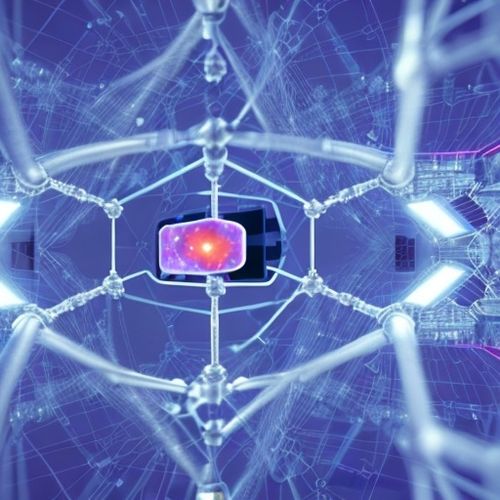
By James Moore/Apr 10, 2025

By Olivia Reed/Apr 10, 2025
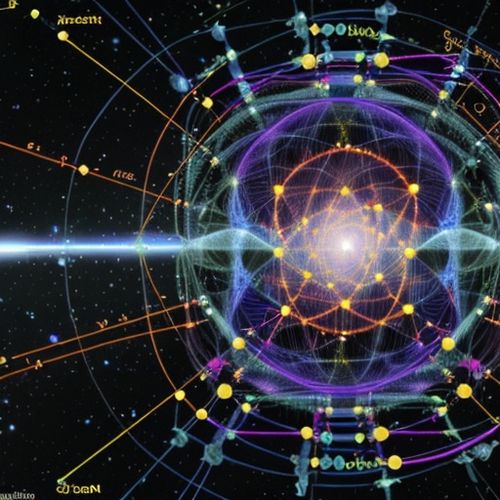
By Eric Ward/Apr 10, 2025